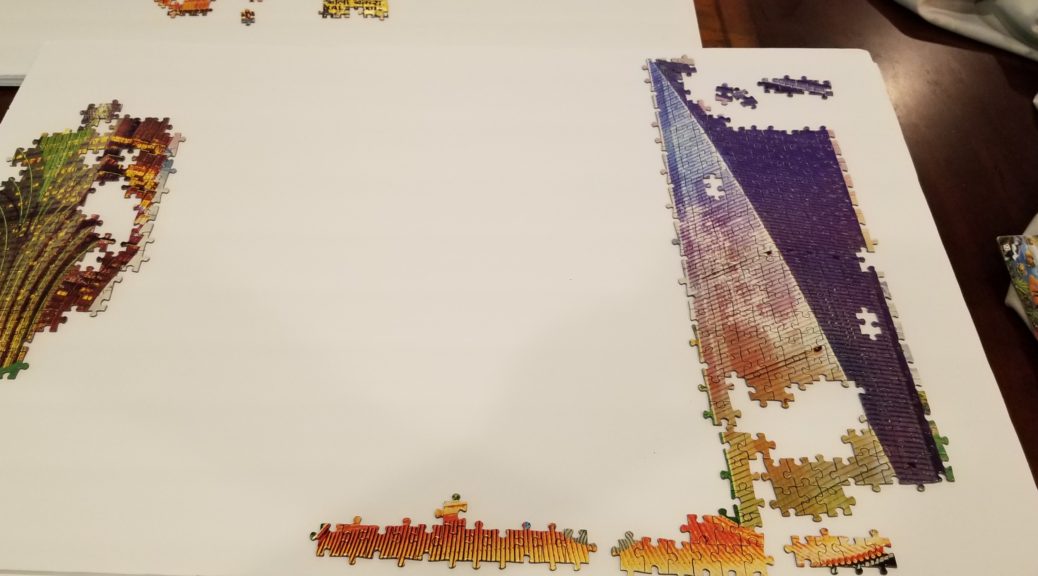
Around the World: Divide and Conquer Approach
As most mega puzzle enthusiasts know, puzzles large enough to come in separate bagged sections usually have a repeat pattern (or several) in each bag. They are generally around the 1,000+ piece mark, but there are definitely exceptions to this very general rule of thumb.
In the case of Educa’s larger piece count puzzles (6,000 pieces and higher) the repeat pattern is exactly 1,000 pieces as they always include a couple of “half pieces” within each pattern to make up the exact piece count. It is very helpful to know this pattern exists even though it is certainly not necessary to use in most cases. It’s a tool in your puzzle assembly bag of tricks. It is extremely valuable when you’re dealing with an enormous amount of pieces that are all the same color or texture — i.e., sky, grass, mountains or surface of the water (like in the Life puzzle). Finding and utilizing the repeat pattern will be discussed more in depth in a later post. For now, I will focus on what I did with the Around the World puzzle to make it a bit easier for myself since I am assembling all the sections at the same time.
Based on the repeat pattern of 1,000 pieces per repeat, I marked up the small poster that came with the puzzle into 42 sub-sections. Here’s the math: there are seven 6,000 piece bagged sections in all; each of those seven bags has six repeats (@ 1,000 pieces each) which brings you to a total of 42.
Each of the foam boards I purchased when I first started the project holds close to 1,000 pieces (more on how I will need to split a couple of rows off each board later). I numbered each sub-section on the poster and then numbered each of my foam boards 1 – 42. At that point, I was able to move all of my various assembled pieces of signage and buildings to the correlating board based on which numbered sub-section they fell into on the poster.
As you will see in the gallery of images below there are some sub-sections with only one teeny tiny little cluster of pieces. This is because most of the other pieces making up that sub-section are things other than signs or skyscrapers and therefore have not yet been assembled. As I move from the skyscrapers to other types of structures and landmarks those boards will get filled up.
My goal is to assemble and build additional pieces on each sub-sectioned board directly. This way I can make any connections as I go long. I have already made a couple of cool connections like the Statue of Liberty to the Washington, D.C. sign, and the Forbidden City now connects to the very bottom of the World Financial Center building in Shanghai. Love it when that happens! There are a few boards like #1 and #2 which have nothing on them yet so they will not be shown below. In fact, most of the top level sub-sections do not have pieces yet as they are mostly sky / mountain areas which I haven’t started, but will soon.
Obviously, I still have a lot of work to do, but I feel much better having it all broken down into essentially 42 1,000 piece sections. Somehow it makes the enormity of the entire project seem less daunting!
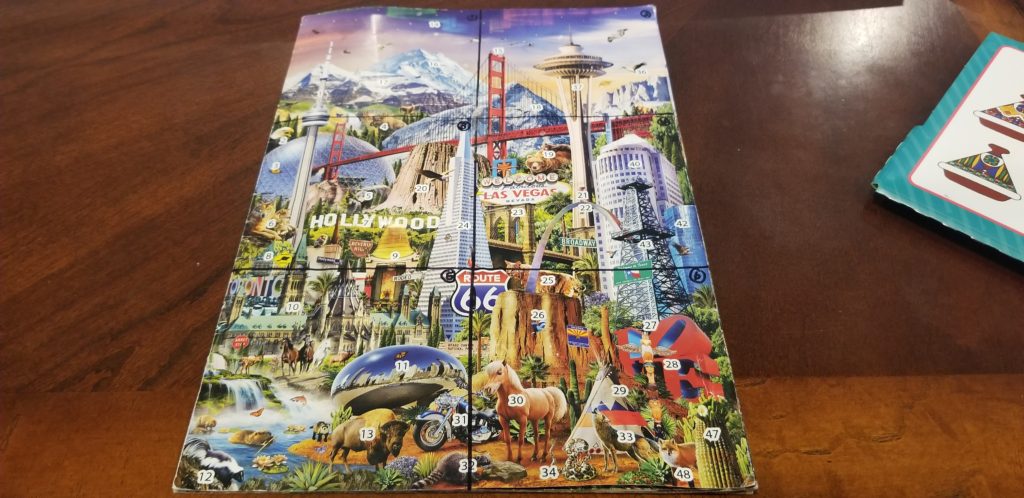
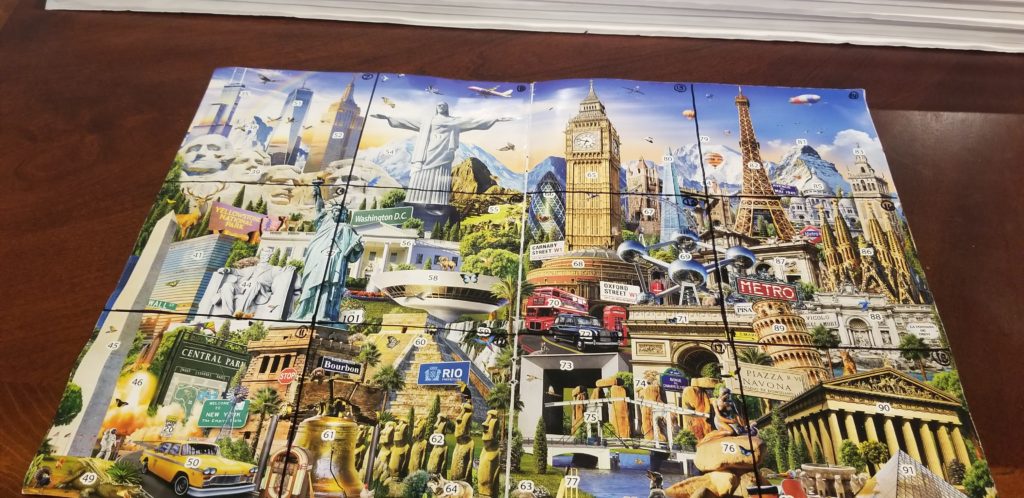
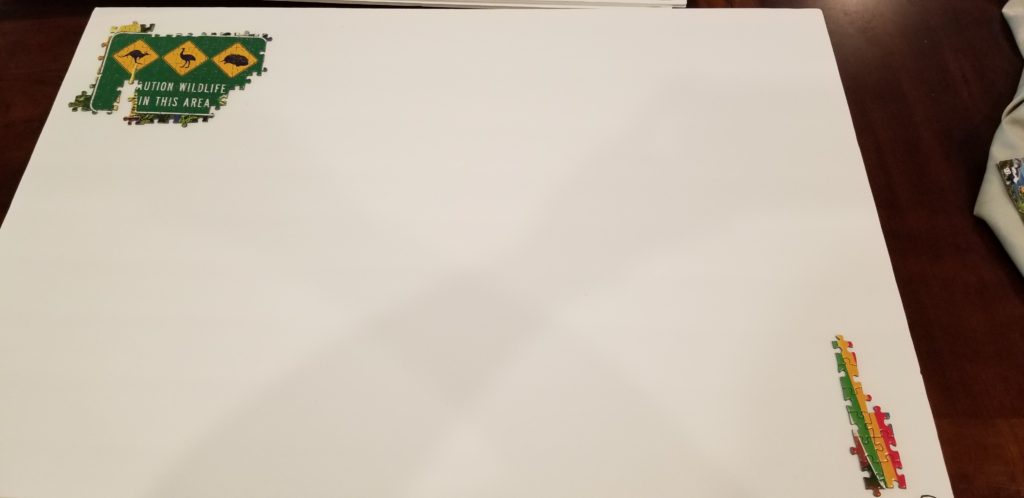
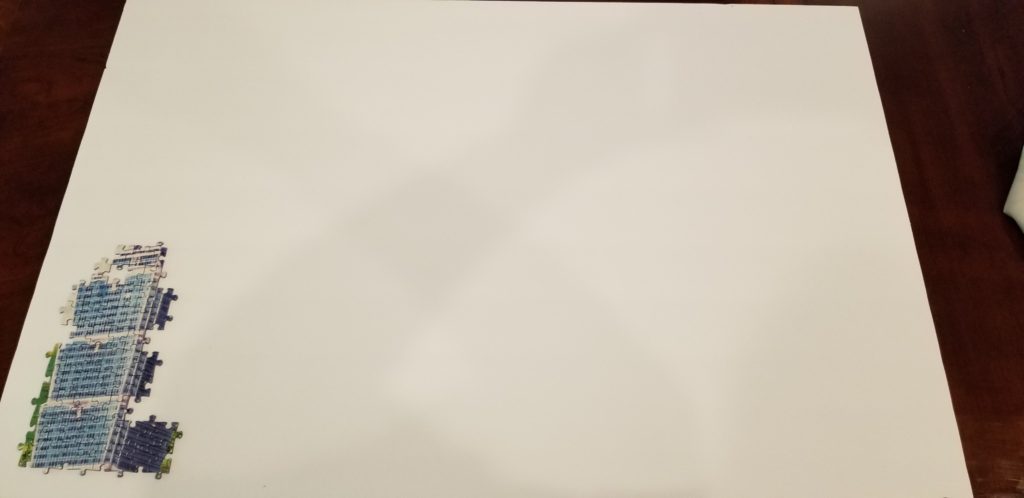
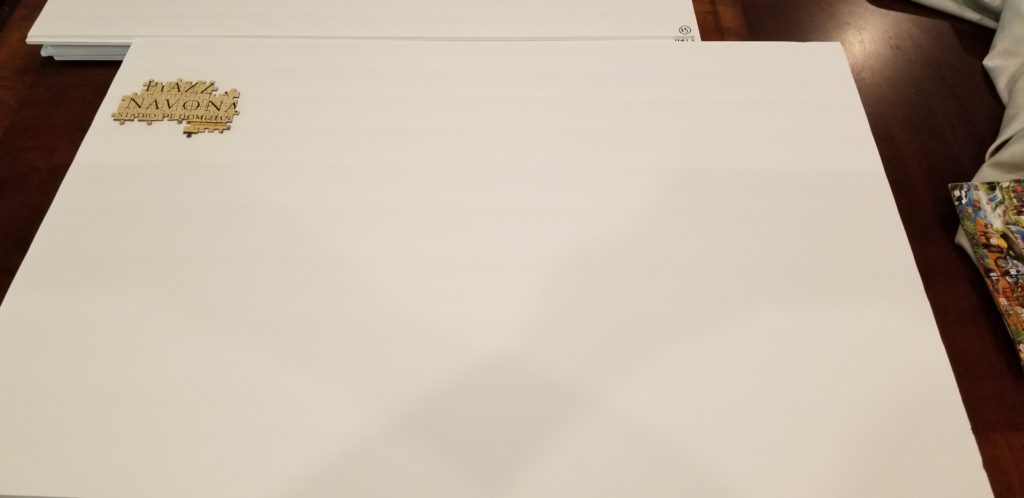
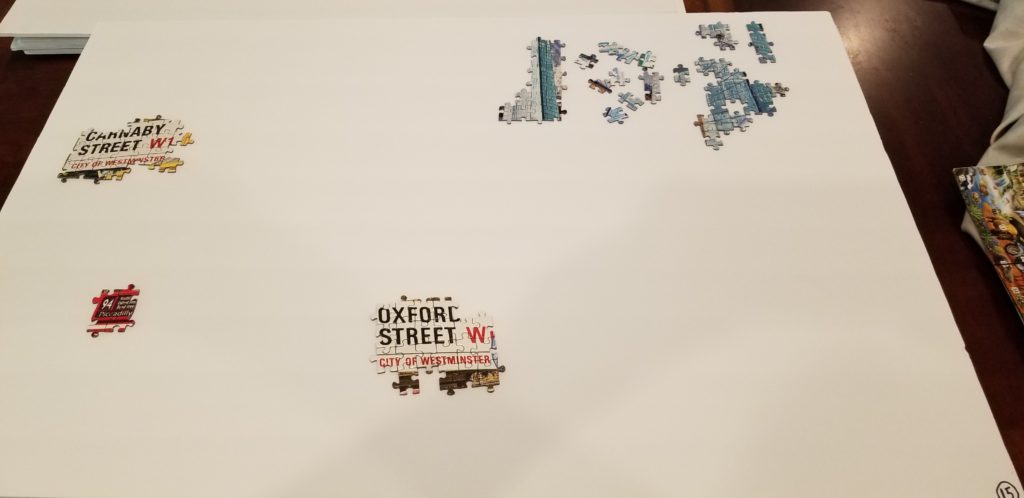
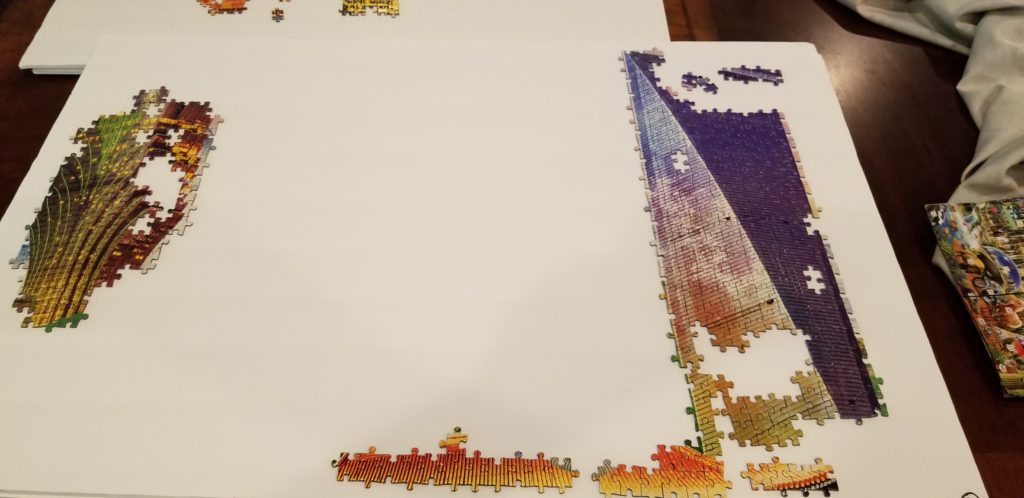
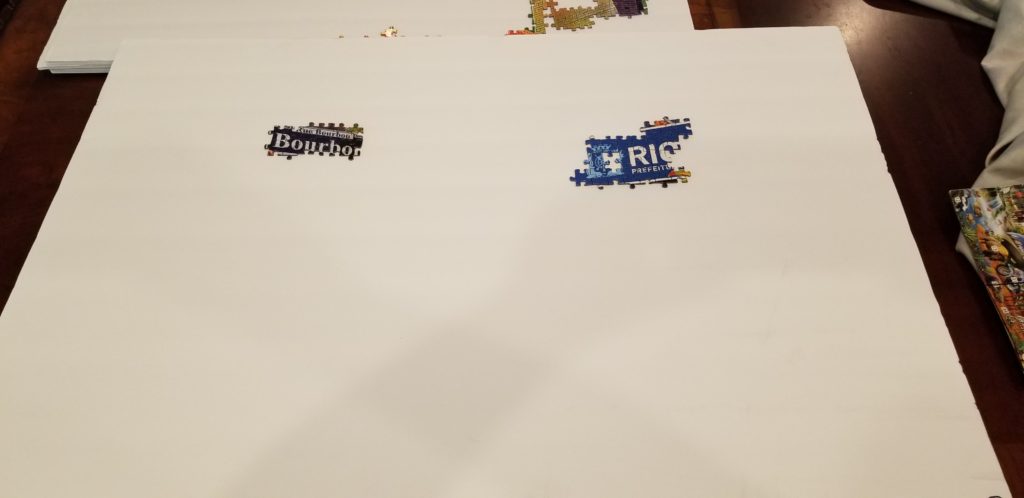
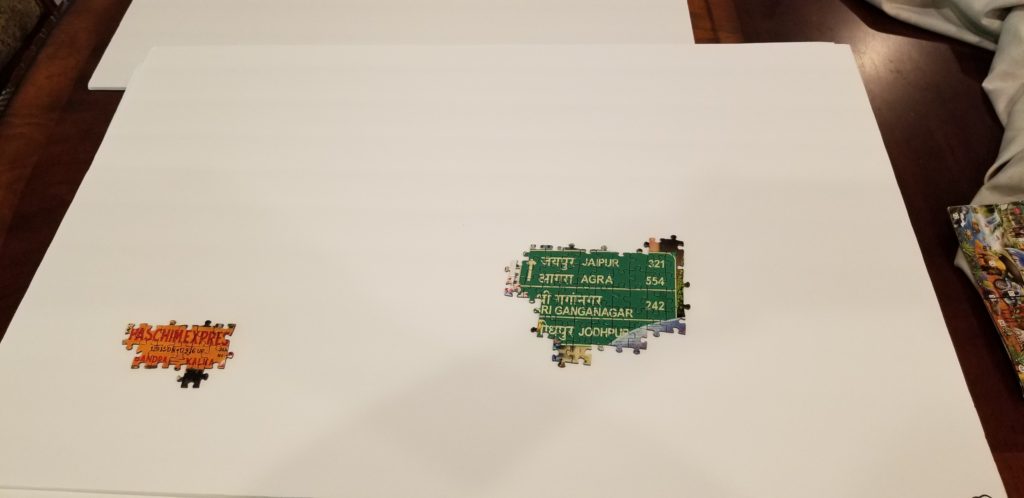
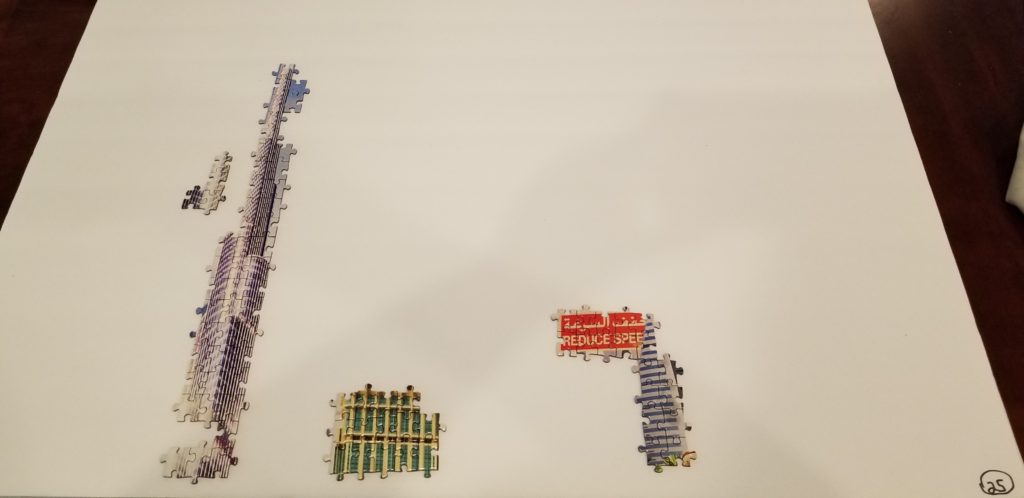
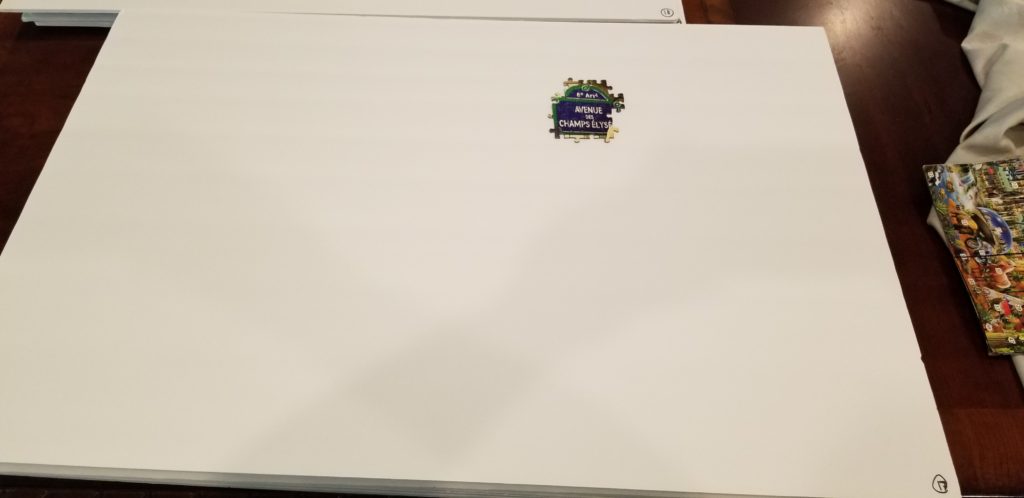
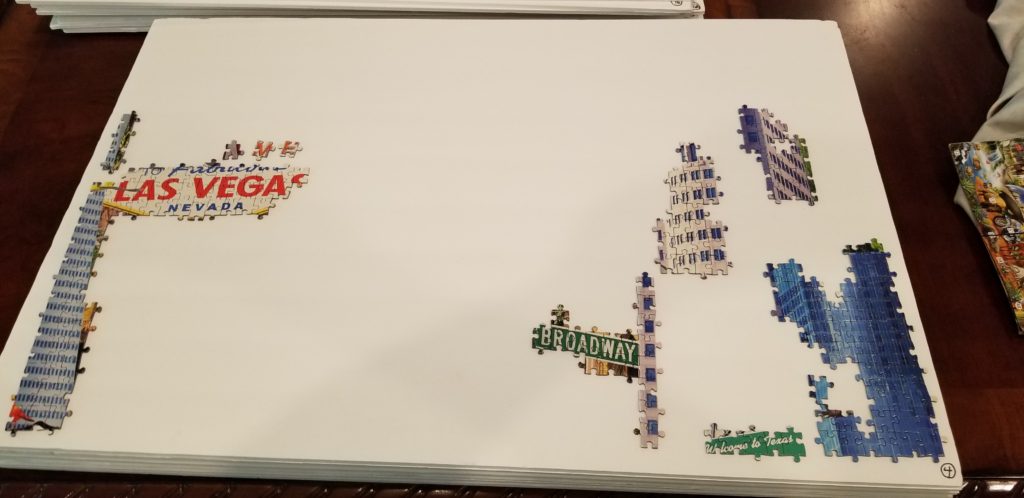
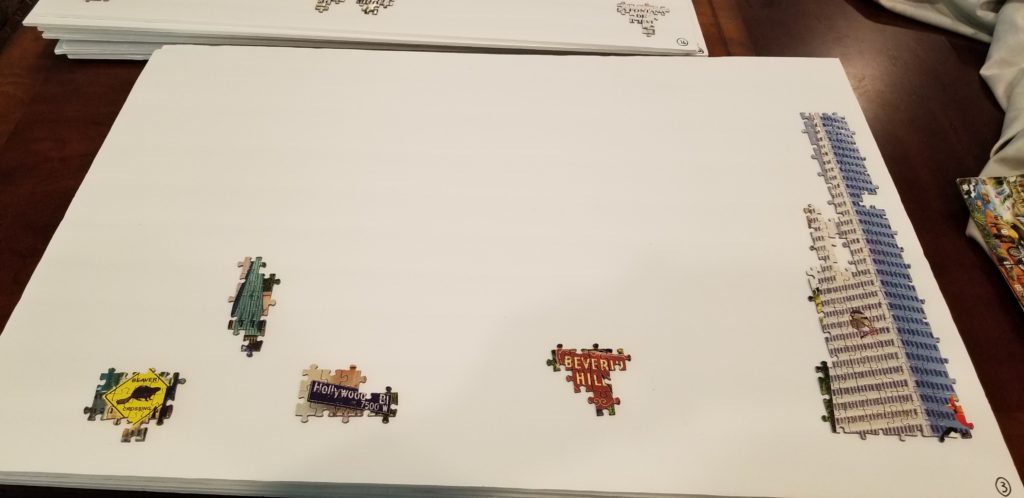
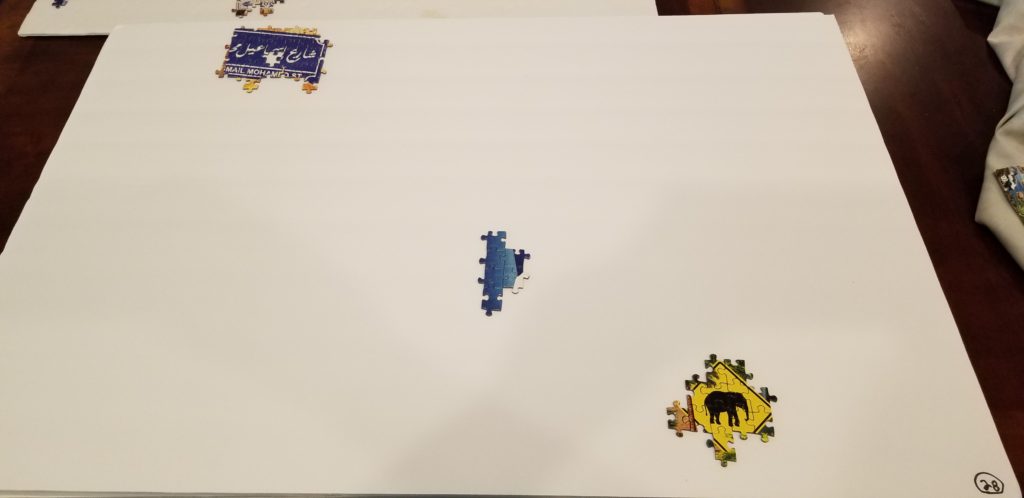
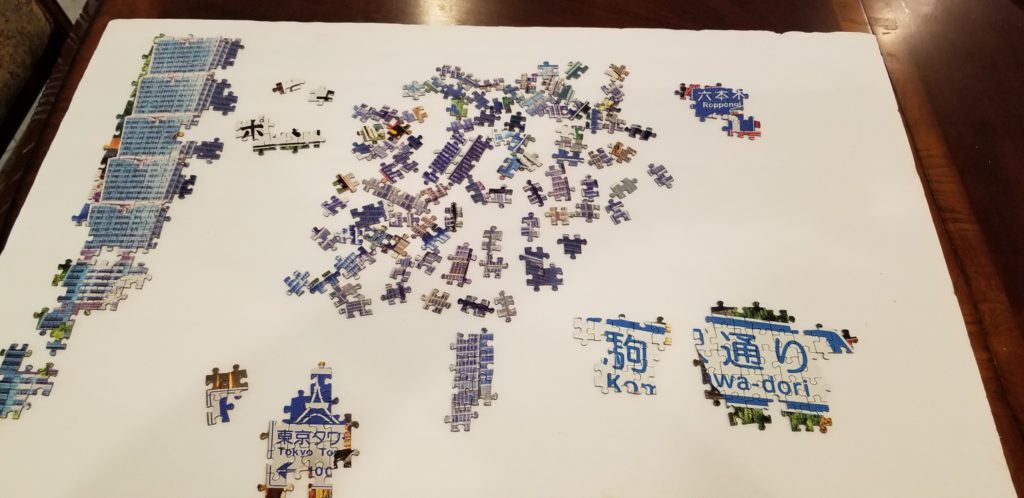
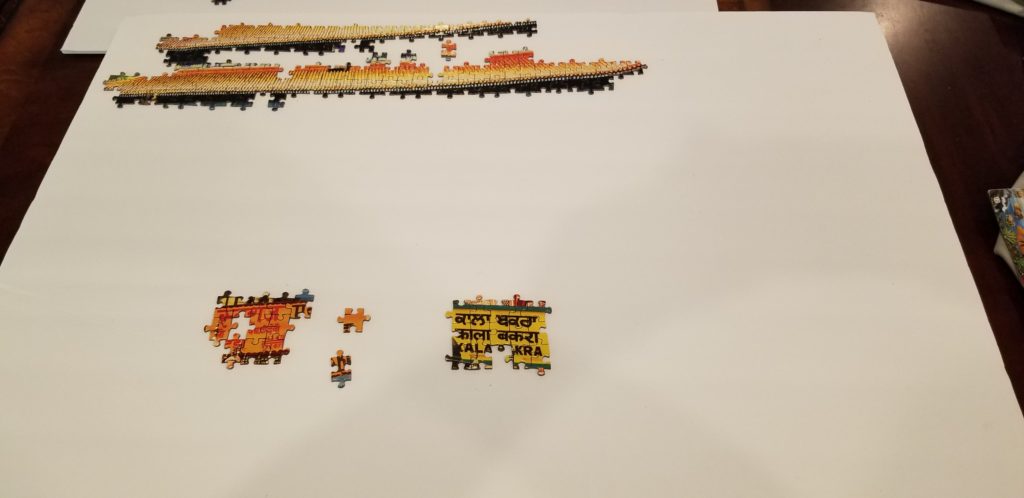
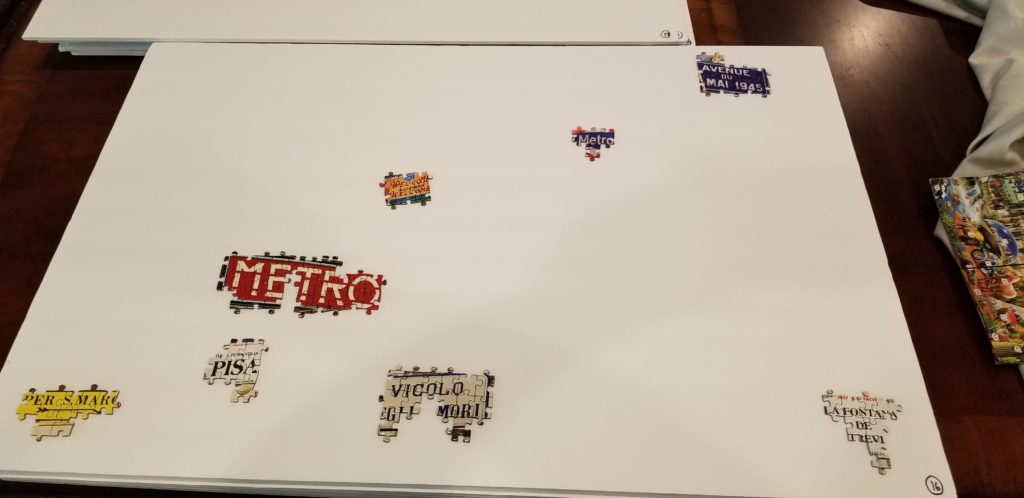
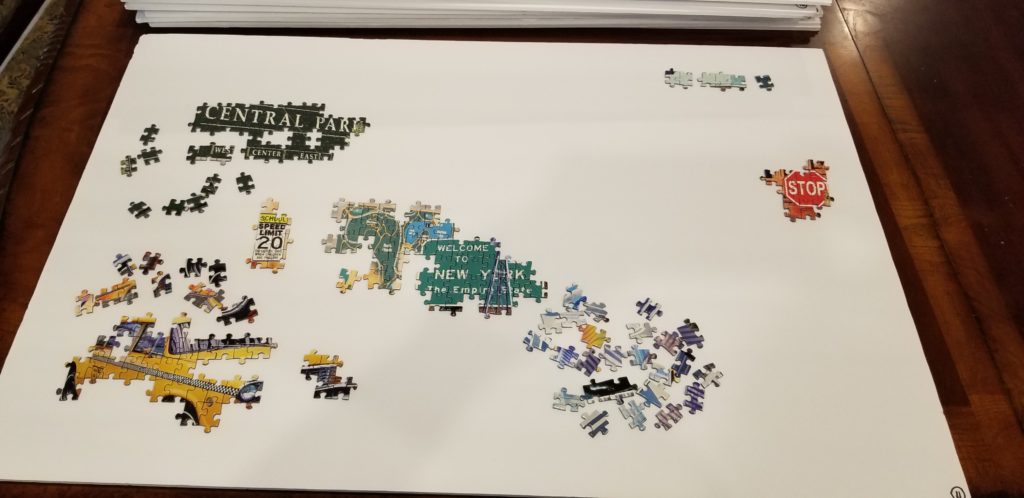
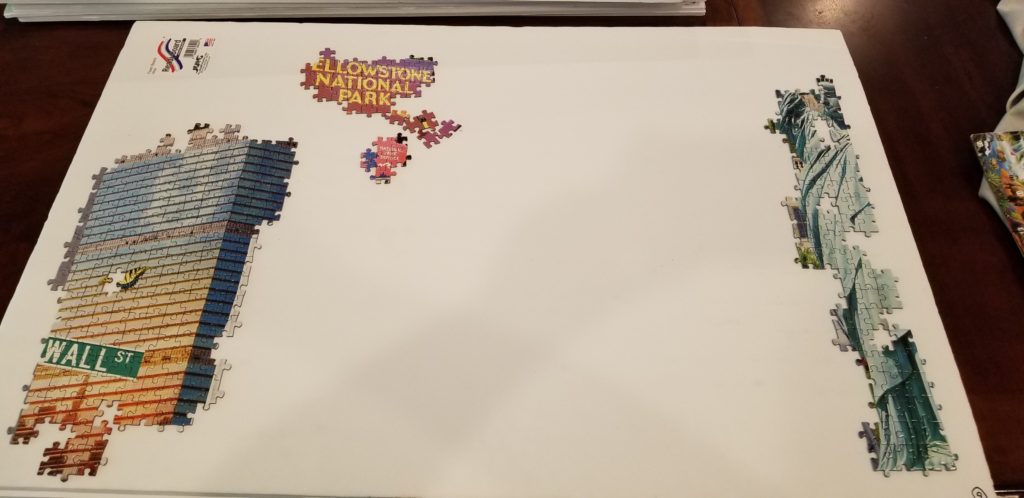
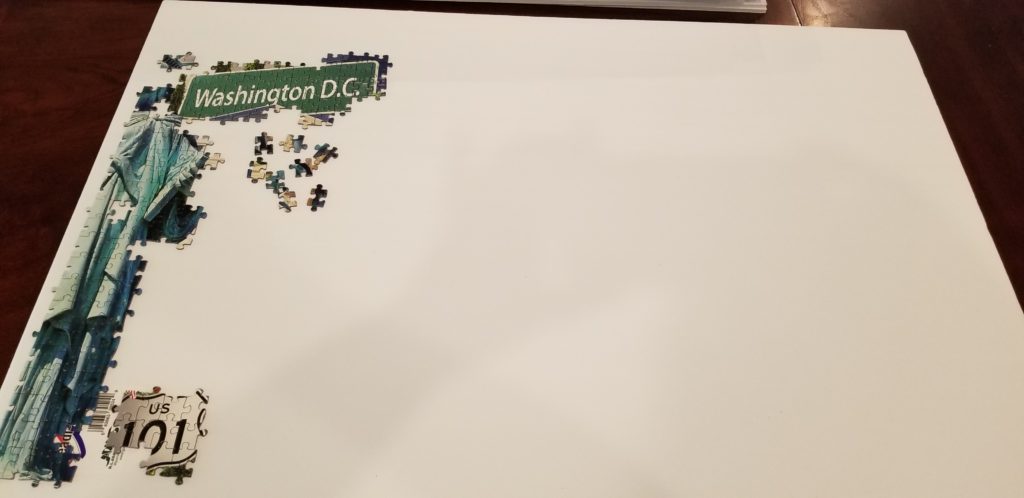
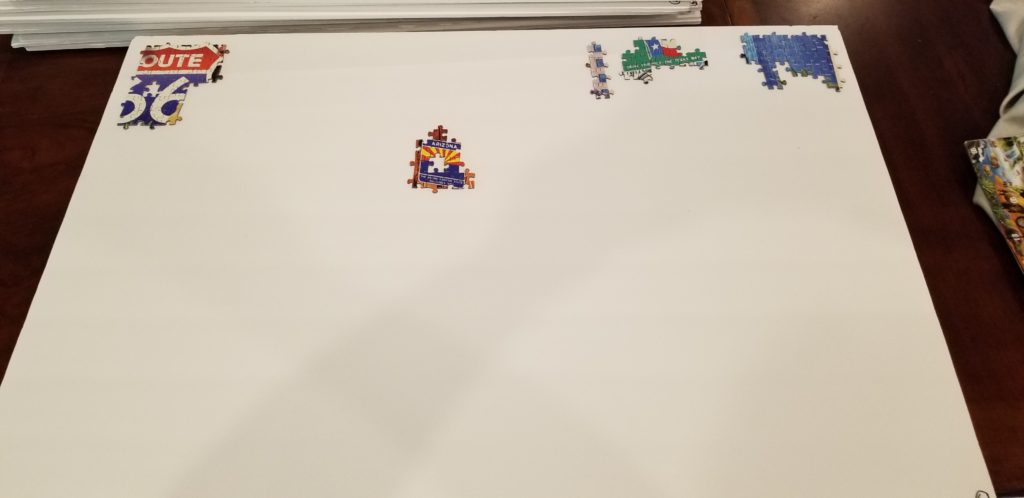
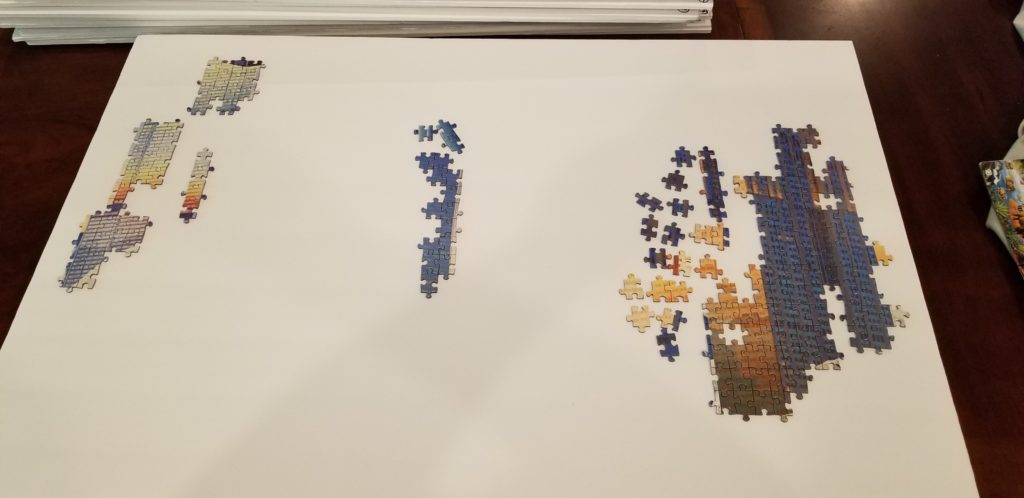
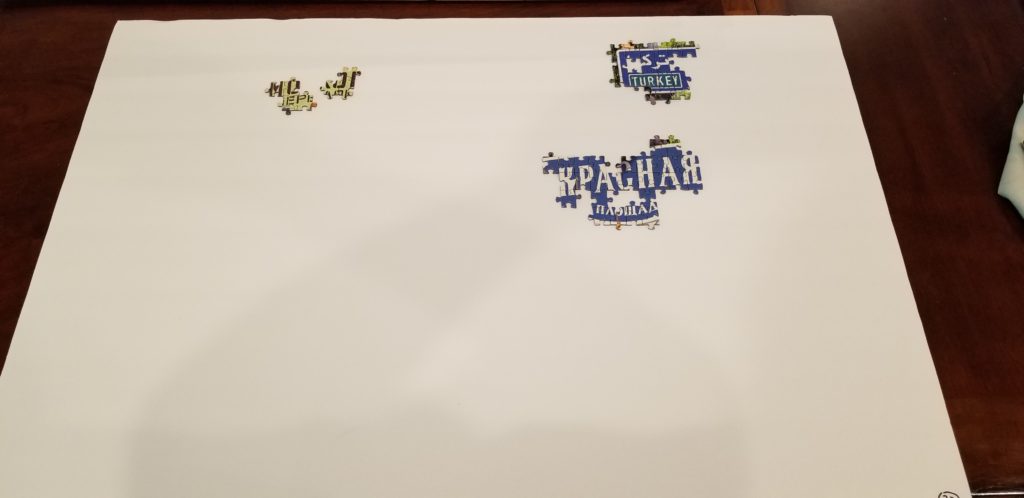
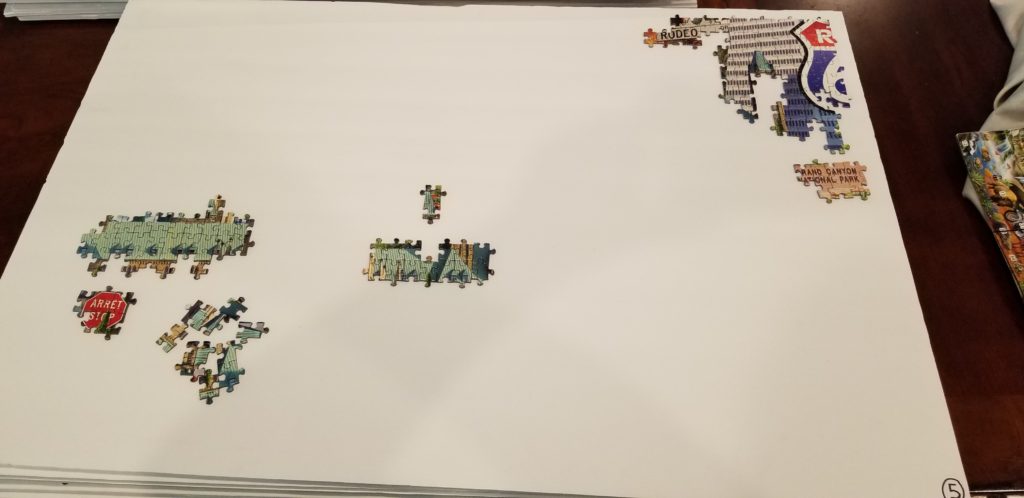
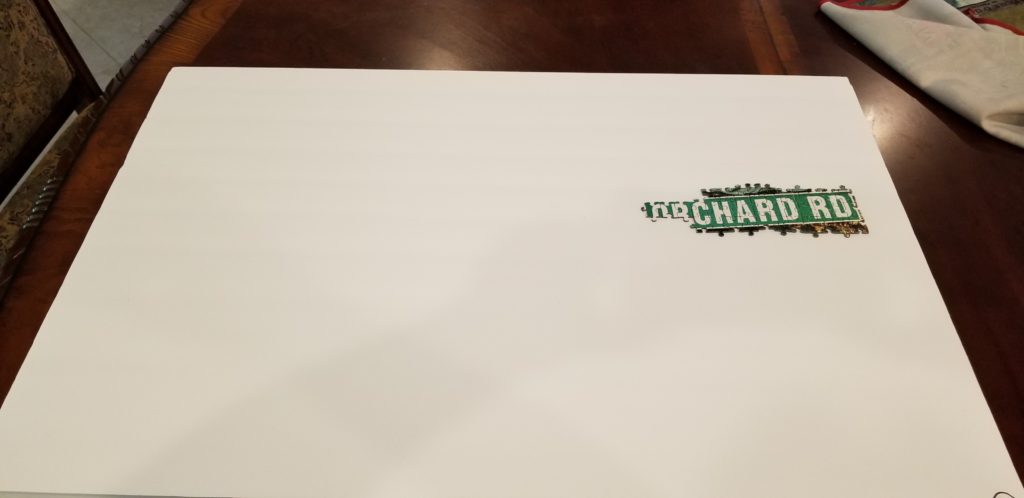
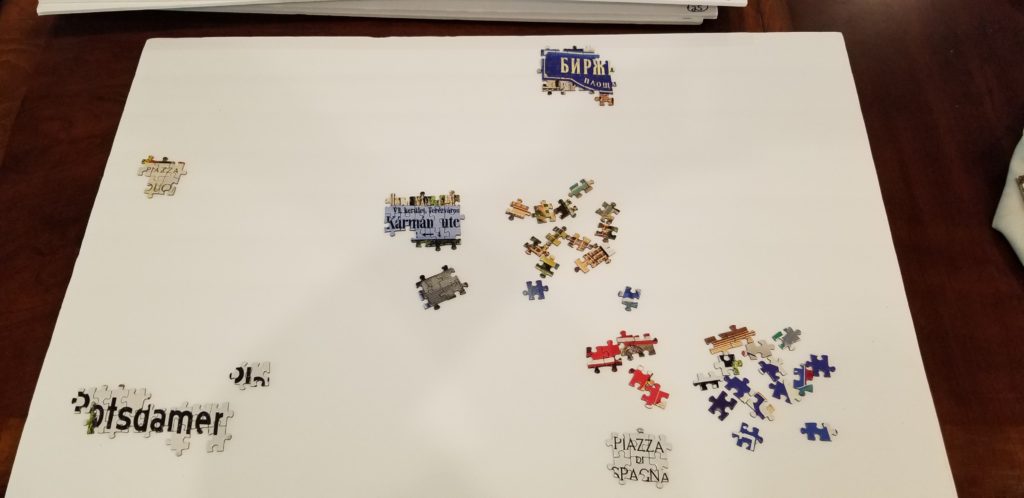
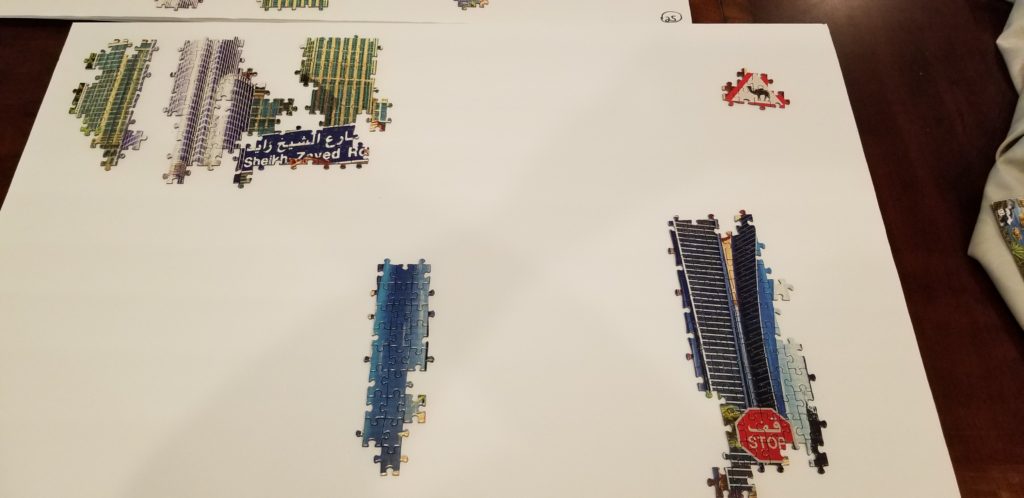
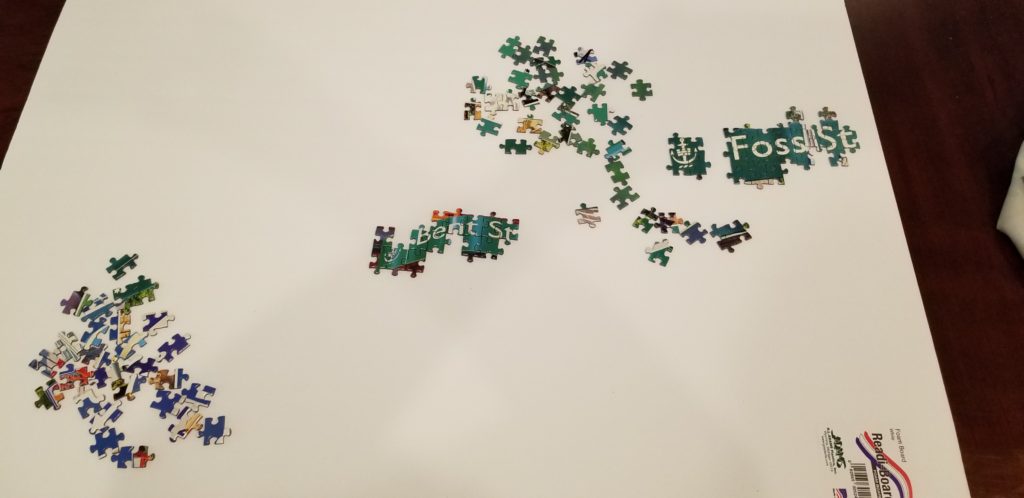
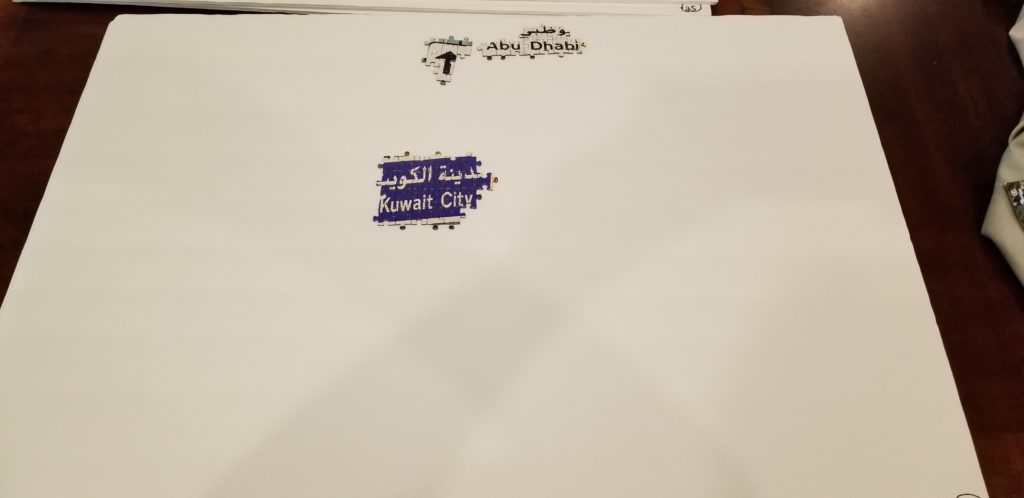
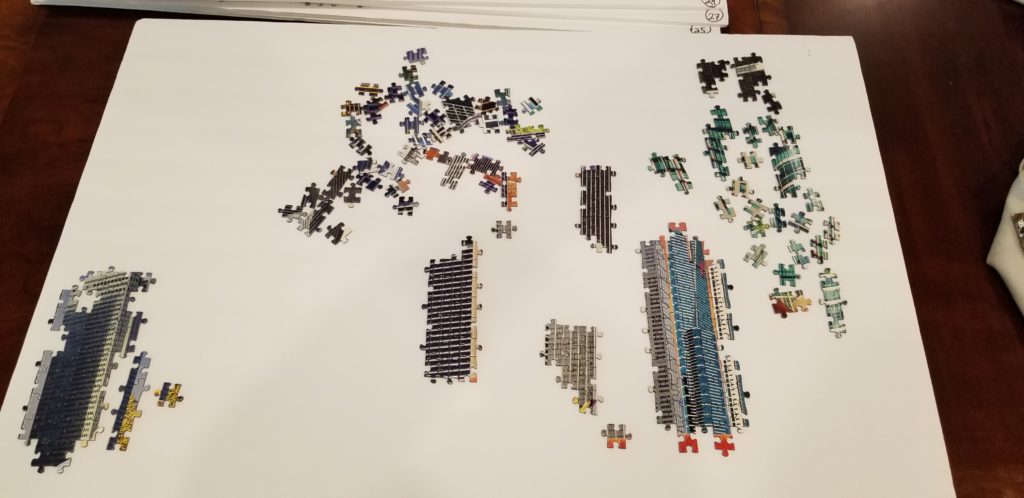
3 thoughts on “Around the World: Divide and Conquer Approach”
Yikes. I’m definitely not organized enough to assemble a puzzle this way. Good for you for figuring out the best way for you to do this. Good luck!
I love to see how other puzzlers approach the large puzzles. MY biggest is still 18K but I’m not too far away from starting 24K life.
shaun
Shaun, I cannot wait to see you tackle Life! It’s still my favorite puzzle I’ve done so far, ever. We’ll have to see if Around the World takes it’s place, but I’m not sure it will. Just LOVE that puzzle.